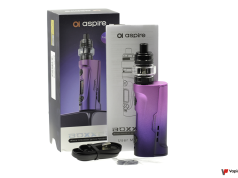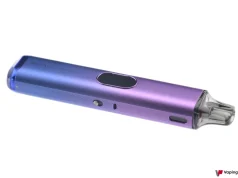The study titled Adolescent tobacco coupon receipt, vulnerability characteristics and subsequent tobacco use: analysis of PATH Study, Waves 1 and 2, was published in Tobacco Journal and presented at the SRNT (Society For Research On Nicotine and Tobacco), 2018 meeting.
The study indicated that the coupon recipients were more likely to be female adolescents living in non-urban areas, suffering from mental health issues, and were more likely to be current or former tobacco users. “Coupons were received primarily through direct mail (56%), product packs (28%) and online (25%).”
The researchers also found that adolescents who had received coupons and had never used tobacco at baseline, were more likely to report having used tobacco a year later. “Coupon recipients were more likely to use a new tobacco product between waves (aOR=1.67; 95% CI 1.18 to 2.36) and report past 30-day tobacco use at Wave 2 (aOR=1.81; 95% CI 1.31 to 2.49).”
Tobacco coupons should be banned
The research indicated that adolescents who received coupons were also more likely to have used a new tobacco product and to be current tobacco users at follow-up. Therefore the researchers concluded that coupons may encourage initiation of tobacco use and experimentation with new tobacco products.
“Coupon recipients had greater odds of tobacco use among never users, trying a new tobacco product and current use. Coupon bans, limits on youth coupon exposure, stronger age verification, pack inserts or restricting coupon redemption may help reduce tobacco use among adolescents, particularly for those at greatest risk,” concluded the study.












